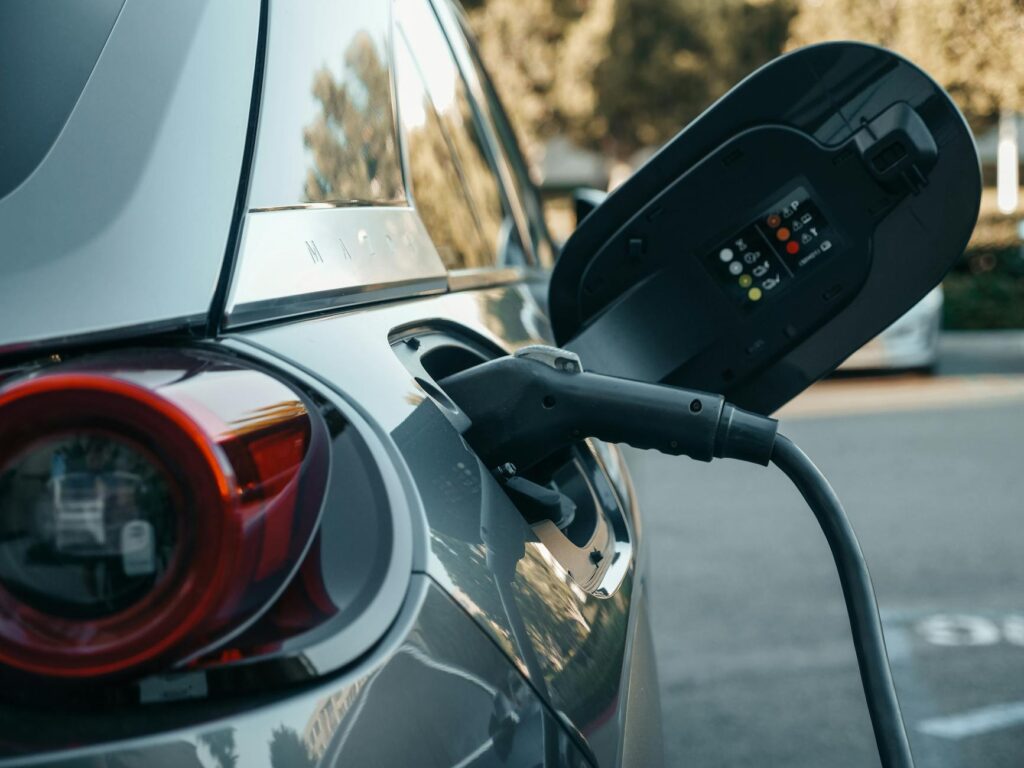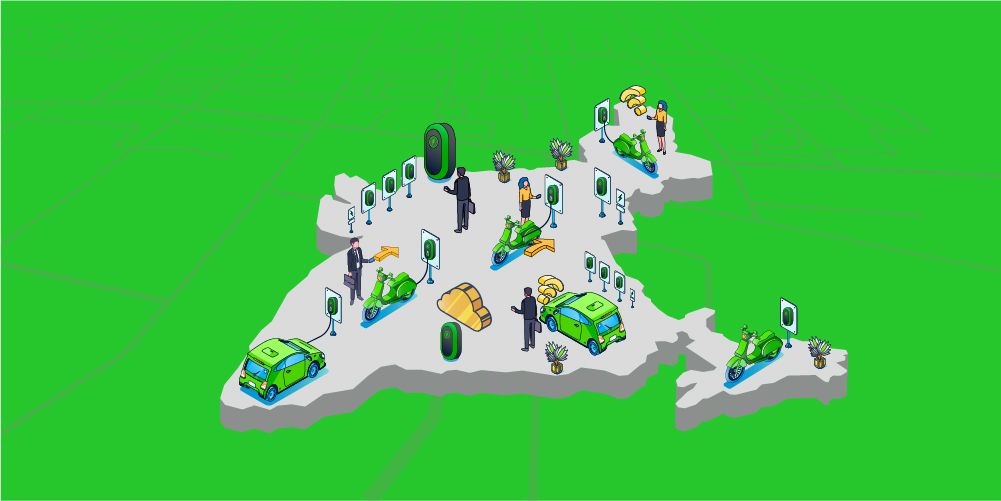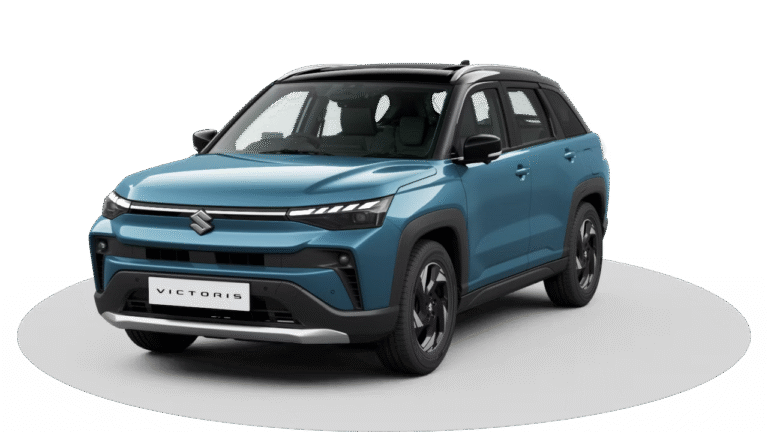
Photo by Kindel Media on <a href="https://www.pexels.com/photo/industry-charging-vehicle-technology-9800009/" rel="nofollow">Pexels.com</a>
India’s growing electric vehicle (EV) industry is facing a serious disruption due to a global shortage of rare-earth magnets, crucial components used in EV motors, sensors, and drivetrains. This crisis emerged after China imposed strict export restrictions on rare-earth materials earlier this year, citing national interest and resource conservation.
Rare-earth magnets, particularly neodymium and dysprosium, are essential for the high-performance motors found in electric scooters, bikes, cars, and even hybrids. As China controls nearly 85–90% of the global supply of these materials, its decision has sent shockwaves through India’s auto manufacturing ecosystem.
Major Indian companies like TVS Motor, Bajaj Auto, and Tata Motors have raised alarms, warning that production may come to a halt as early as July 2025 if alternative sources or stockpiles are not secured in time. EV component suppliers are also seeing rising costs, leading to potential price hikes in the near future.
According to industry experts, India’s dependency on Chinese imports for rare-earth elements leaves it vulnerable to geopolitical and trade shifts. “Our EV ambition is at risk,” said a senior executive from an electric two-wheeler brand. “If the raw materials dry up, our production lines will be forced to stop, and that will delay deliveries, affect sales, and hurt customer confidence.”

The government is aware of the looming crisis, and emergency-level discussions are underway. The Ministry of Heavy Industries is exploring sourcing alternatives from Australia, the U.S., and African nations, but these solutions may take time to materialize. Domestic exploration of rare-earth reserves in Andhra Pradesh and Jharkhand is also being accelerated, but large-scale mining and processing could take years to become viable.
In the short term, automakers are being advised to optimize existing inventory and explore non-rare-earth motor technologies, such as induction motors or switched reluctance motors. However, these alternatives have limitations in efficiency and performance.
This rare-earth crisis is a clear reminder of the need for supply chain diversification and self-reliance. As India pushes toward a greener, electric future, building local capabilities in critical materials like rare earths will be key to ensuring the sustainability and resilience of the country’s automotive sector. Unless immediate steps are taken, India’s EV growth story may face a major speed bump in the months ahead.



